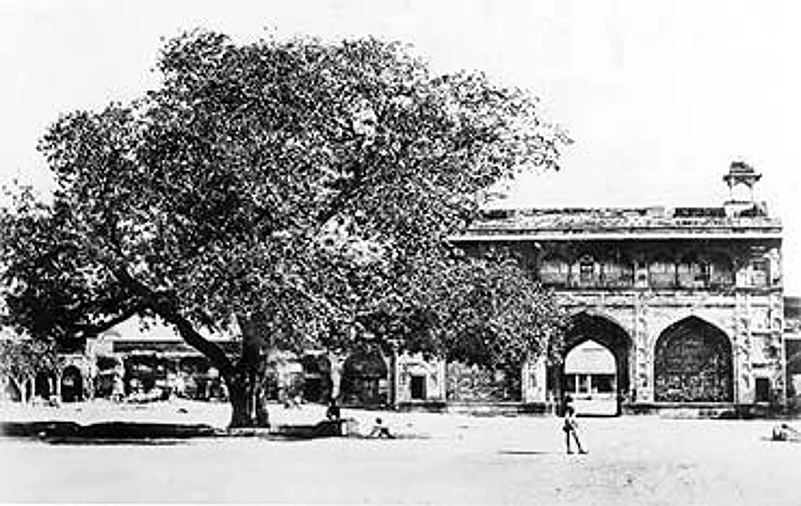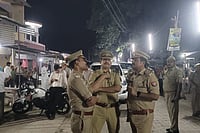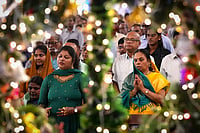
That peepal is not the only tree that saw action during the Mutiny. There are some splendid old trees in and around Roshanara Bagh in northwest Delhi behind which the rebels probably sought cover as they shot at the British army. This used to be the garden village of Sadhauran Kalan. The gardens came up in the 17th century when Mughal scion Shah Jahan offered rent-free tenures as incentive to plant trees on wasteland.
The neem and peepal trees in Chandni Chowk that were no doubt witness to all the violent history that unfolded along the old city's main avenue for a couple of hundred years came down after December 23, 1912, when a bomb was lobbed at viceroy Lord Hardinge. The trees around Sabzi Mandi, scene of the fiercest fighting, were all hacked down post-Mutiny.
But the oldest—and oddest—reference to a tree in Delhi is in Forbes Royle's Botany of the Himalayan Mountains. He lists a tree—Xanthochrymus dulcis—growing in the Mughal palace. It was fed milk and needed a battalion of guards to protect its fruit from thieves.






















